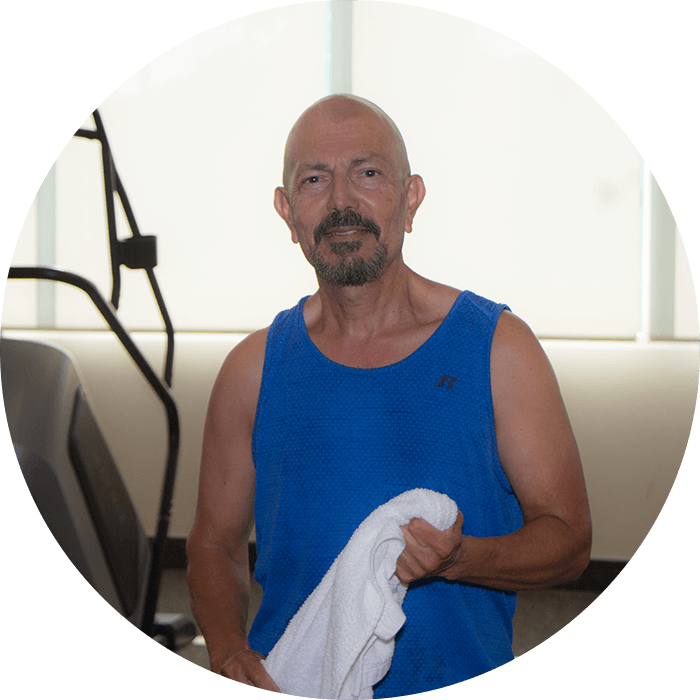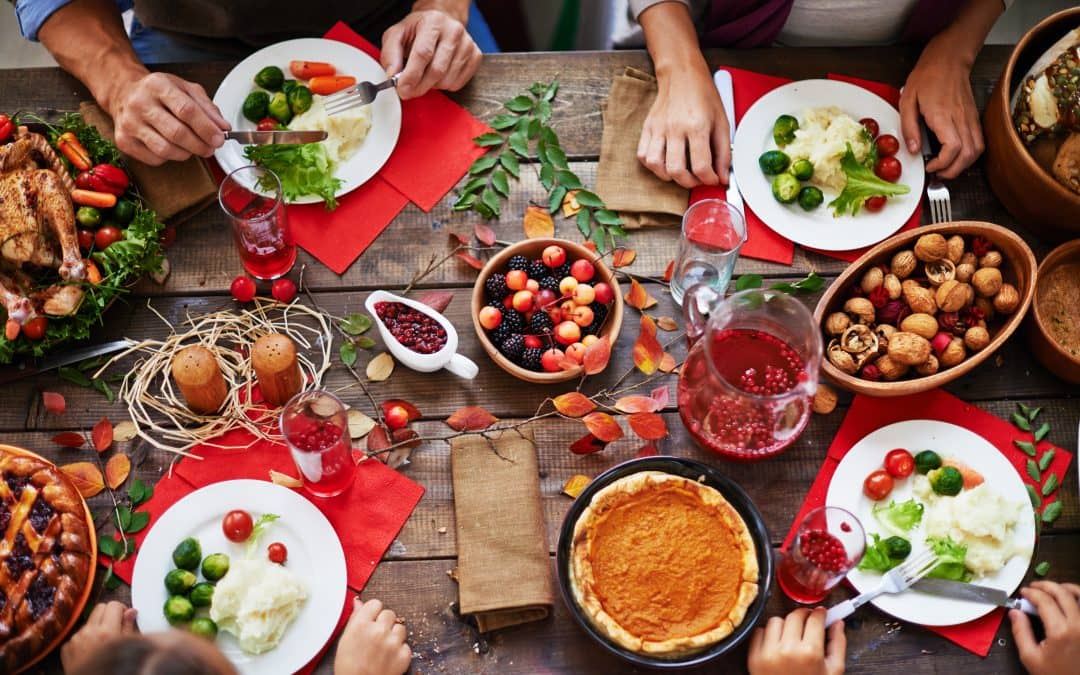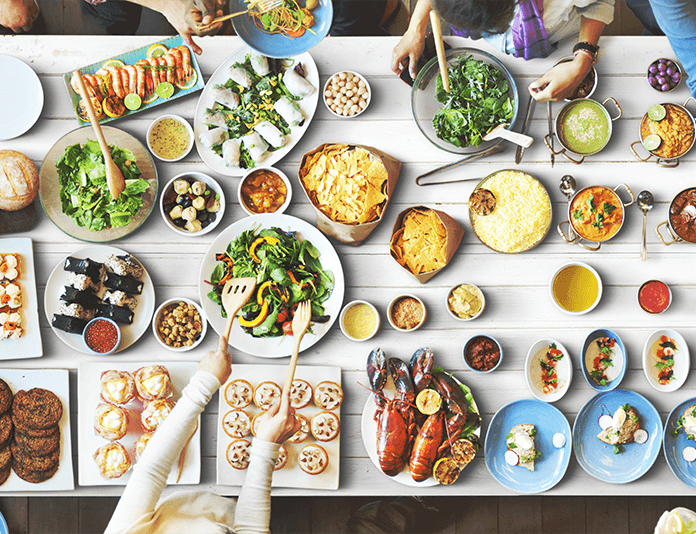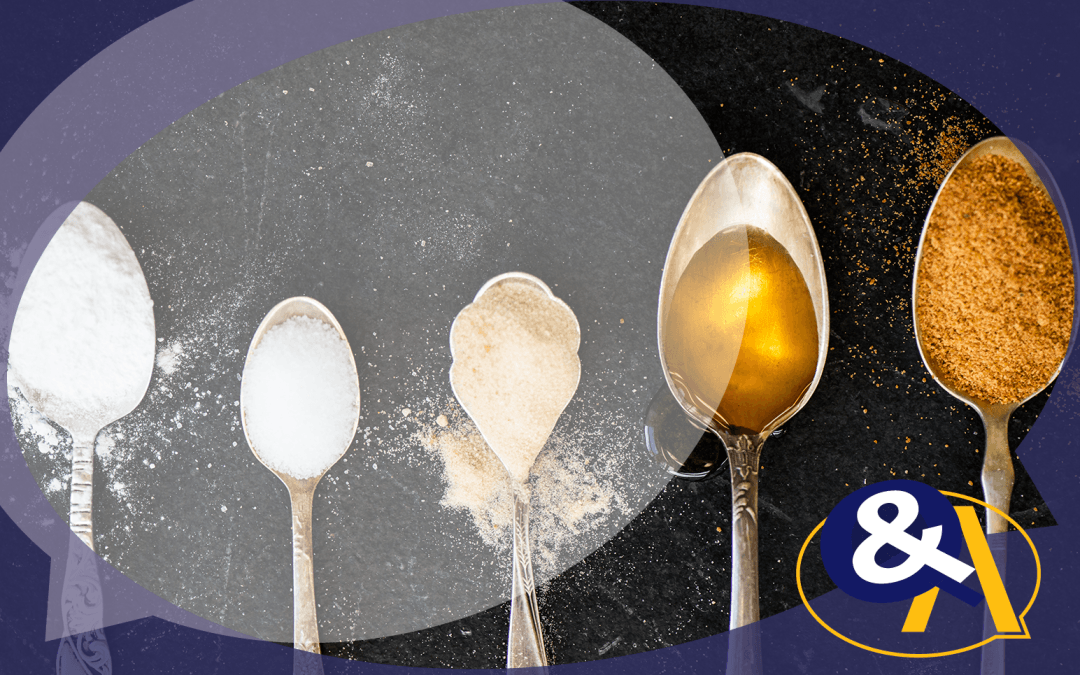It’s easier to work hard when you’ve got a game plan. Here are some options to help keep you moving until the last second of your workout!

Commit to Fit | Member Spotlights
Commit to Fit
Do you have a fitness goal? Let us know here! To learn more about Commit to fit, click here.
Goals, Commitments, Community
These are our most recent members who have committed to their fitness goals.

Buzz C.

Sam R.
Sam’s commitment is to get back to 100% after a motorcycle accident. We are happy to see him stick to his commitment at LA Fitness!

Marsha G.

Erin M.
Can you be committed for 12 weeks? Erin wants to strengthen her lower body with an intense 12-week program. Keep working hard Erin, you are doing great.

Al M.
Al has walked through more countries than some people have ever been to! Training for a 400 mile walk, motivation to stay fit and waking up every morning are his commitments. These are such awesome goals!

Donna M.
20 mile walks and upper body strength are Donna’s goals. How does she achieve them? By going to LA Fitness and living an active lifestyle of course!
**Selected submissions will be featured on the LA Fitness blog and possibly other LA Fitness digital media entities & websites. By making a submission, you hereby grant LA Fitness a non-exclusive, perpetual, worldwide, irrevocable license to use and make copies of the contents of such submission for any purpose and in any medium whatsoever, and you hereby waive and relinquish any copyright or other intellectual property right you may have in the contents of such submission and your right to pursue any claim for LA Fitness’s violation of those intellectual property rights















